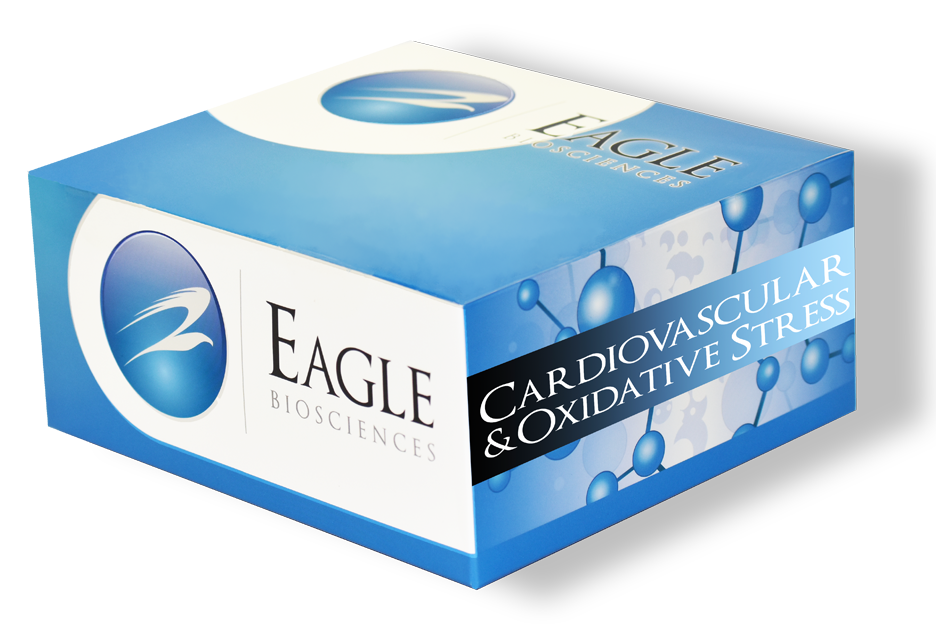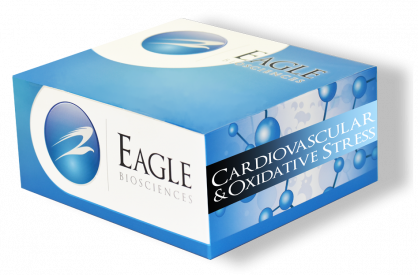11,12 DHET ELISA Assay Kit
The 11,12 DHET ELISA Assay Kit is For Research Use Only
Product manufactured in the USA
Size: 1×96 wells
Sensitivity: 0.01 ng/ml
Dynamic Range: 0.01 – 1000 ng/ml
Incubation Time: 2.5 hours
Sample Type: Serum, Plasma, Tissue, Biological Fluids
Sample Size: 100 µl
Assay Background
The level of 11, 12-DHET or 11, 12-DHET epitope has been shown to exhibit correlation with hypertension in rodents (1, 2, 3). 11, 12-DHET is a representative metabolite of cytosolic epoxide hydrolase-mediated metabolism of EETs, which are generated by arachidonic acid epoxygenase activity of cytochrome P450’s (4). The 11,12-DHET kit can be used for the determination of 11,12-DHET in serum, plasma, cells, and tissues following proper isolation and purification. Instructions are provided as to the proper isolation and purification in the following pages.
The competitive 11,12-DHET ELISA, based on competition between 11,12-DHET epitope and 11,12-DHET-HRP conjugate for a limited number of binding sites available from the anti-11,12-DHET antibody, which is coated to the wells of the 96 well ELISA plate. The conjugate concentration is held as a constant in each well, while the concentration of the 11,12-DHET is variable, based on the concentration of the sample or standard. Thus the amount of the 11,12-DHET conjugate which is able to bind to each of the wells is inversely proportional to the concentration of 11,12-DHET in the standard or sample. The amount of the conjugate which is bound to each well is then determined by the amount of color obtained, when TMB is added. The TMB reacts with the HRP available in the well. With the addition of sulfuric acid, the blue colored product is converted into a yellow colored product, which can be read on a plate reader at 450 nm.
Related Products
14,15 DHET ELISA Assay Kit
20-HETE ELISA Assay Kit
14,15 EET DHET ELISA Assay Kit


